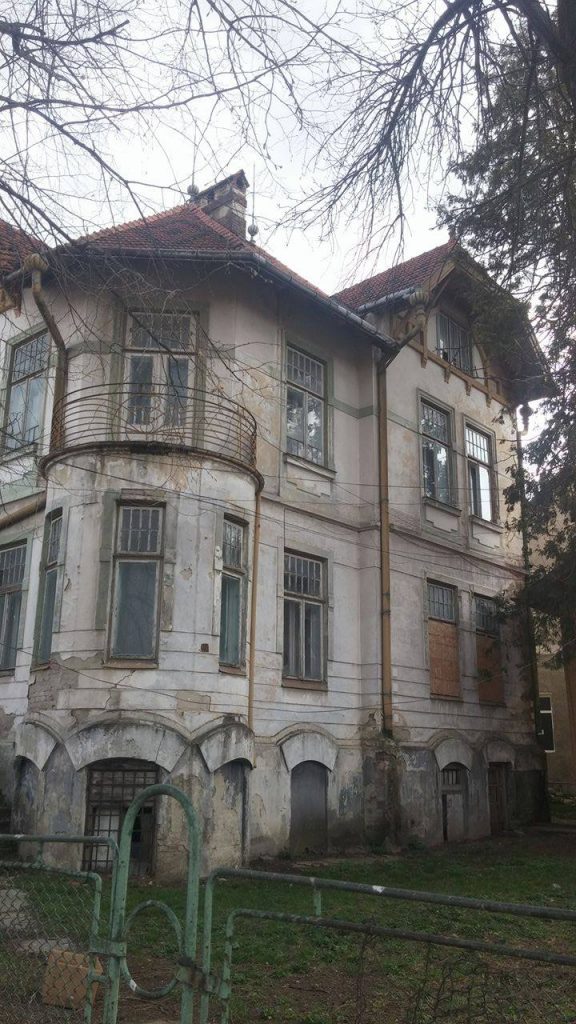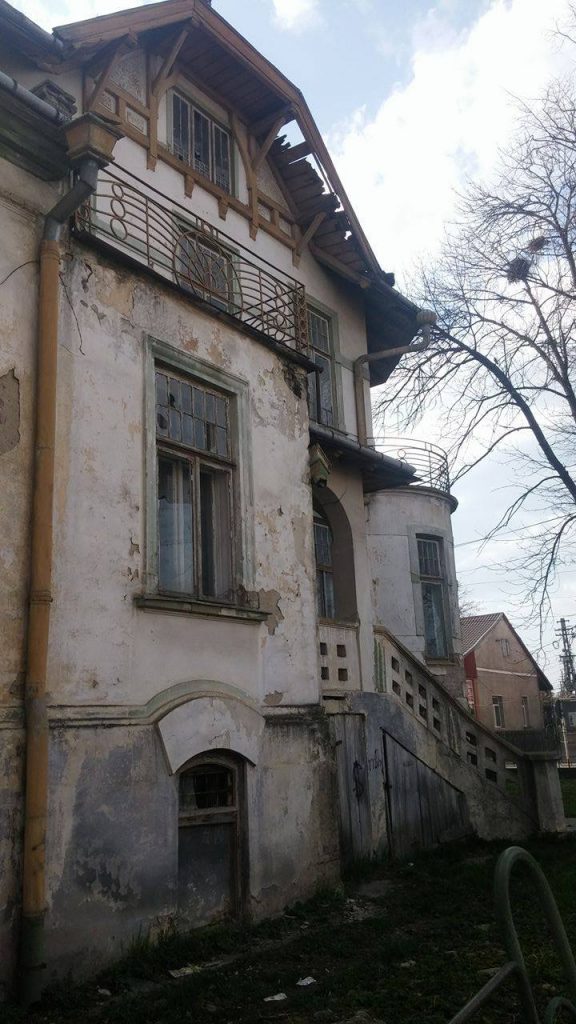 In some terrific databases on the ehpes site I have found the 1936 address of my great-grandfather Joel (Ioil Ben Schmuel) Schmatnik’s shop. It was a “Galanterie” which translates to “Dry Goods” or “Haberdasher”. Joel was born around 1870 in Sadagora and died June 2, 1941. His kids were Max, Samuel (my grandfather), Sabine, Sigmund, and
In some terrific databases on the ehpes site I have found the 1936 address of my great-grandfather Joel (Ioil Ben Schmuel) Schmatnik’s shop. It was a “Galanterie” which translates to “Dry Goods” or “Haberdasher”. Joel was born around 1870 in Sadagora and died June 2, 1941. His kids were Max, Samuel (my grandfather), Sabine, Sigmund, and
five others. His brothers were Morris and Josef.
The 1936 address for the Schmatnik Dry Goods was General Zadik #4 (Romanian address). According to the street name table on Czernowitz Blog, it seems that the old German street name was Senkowiczgasse, or Senkoviczgasse. […] I would love some help if anyone is aware of this neighborhood, and nearby attractions, so I can find some photos online and get a better idea of how the neighborhood looked for my blog. […]
Iris AlRoy (mermamma@gmail.com)














